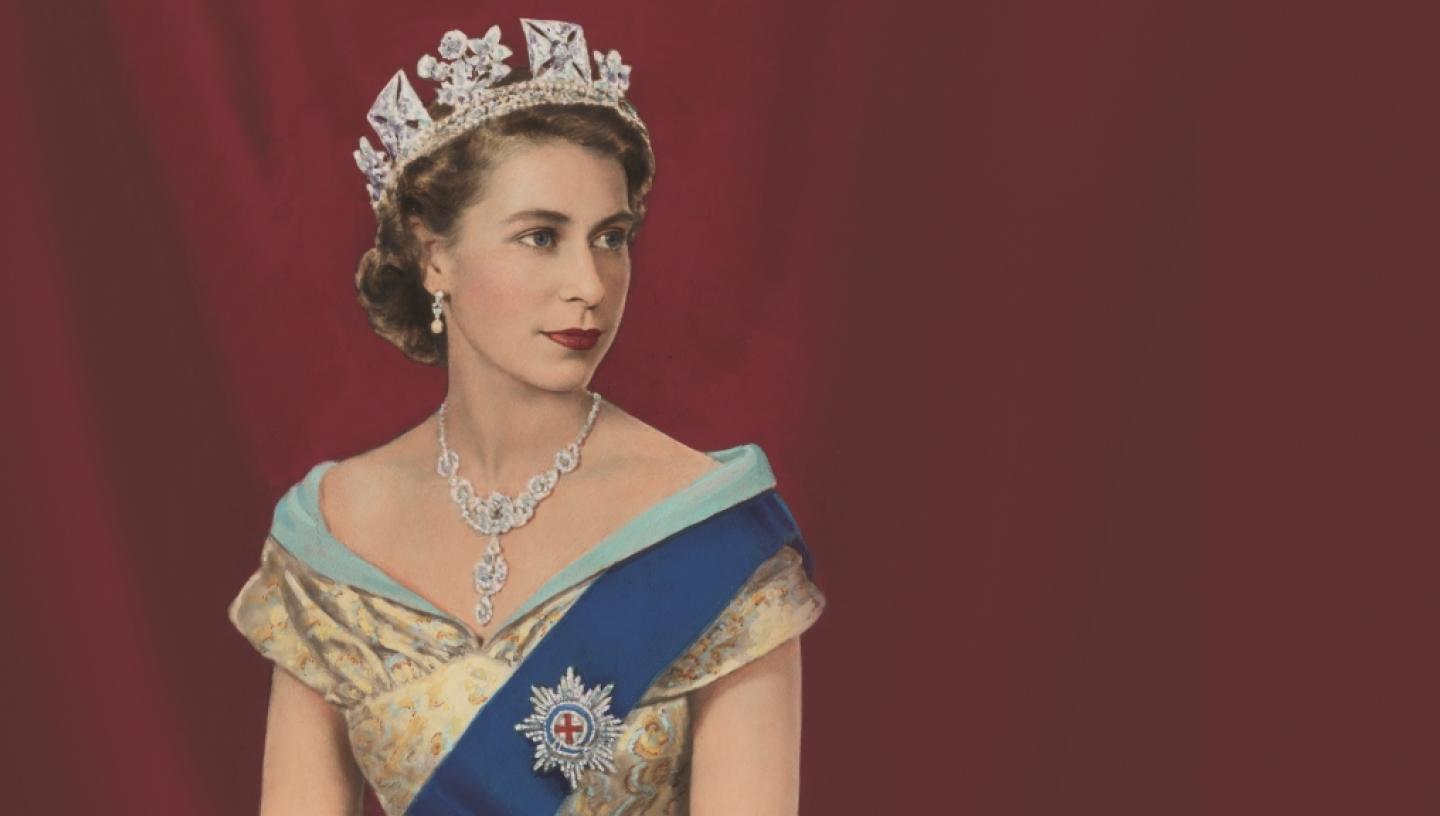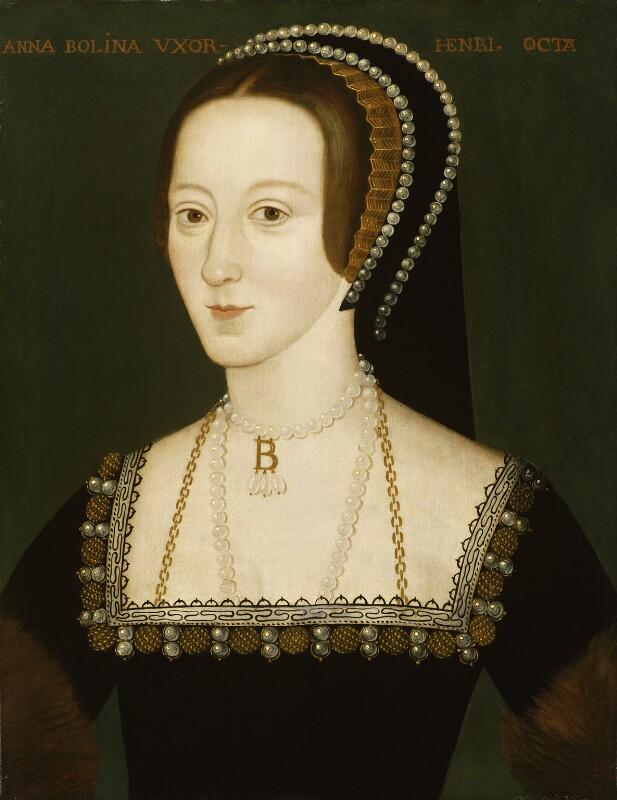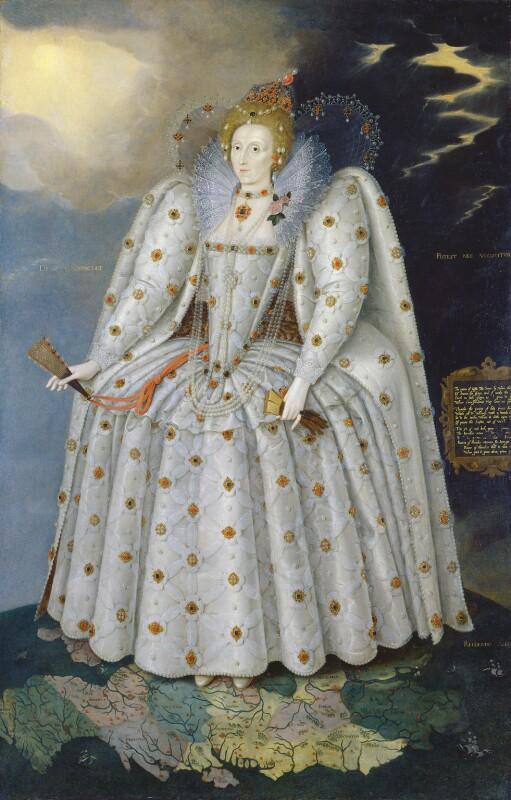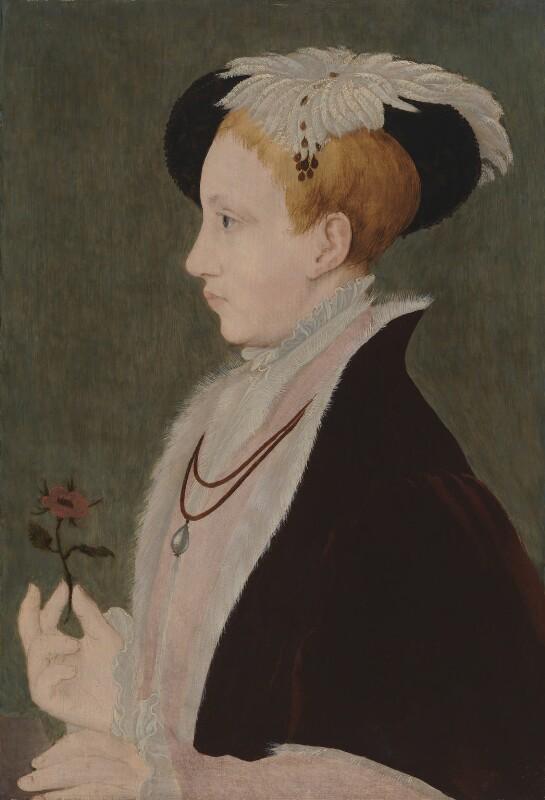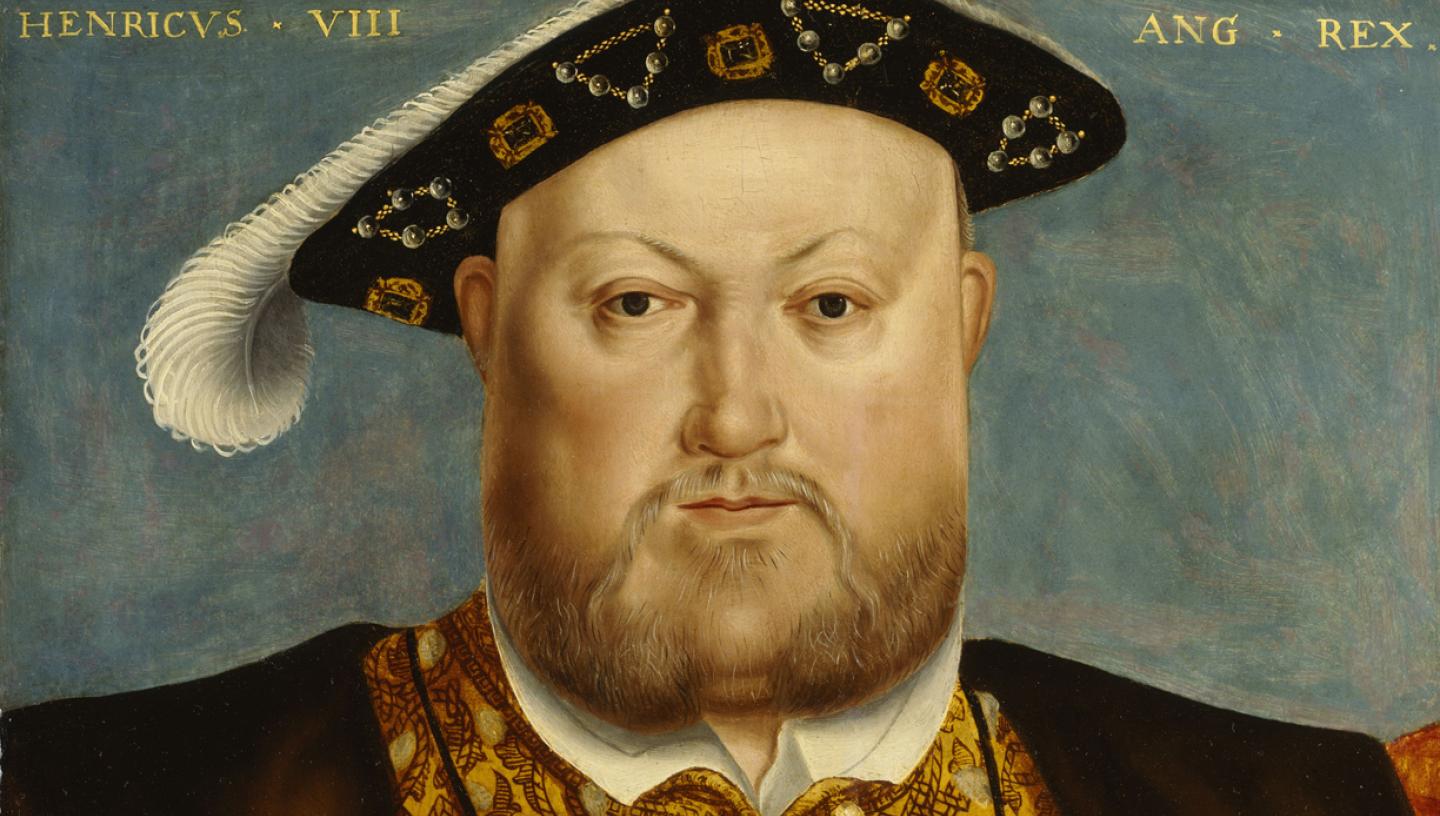
Why did Henry VIII break with Rome?
King Henry VIII’s break with the Catholic Church is one of the most far-reaching events in English history. During the Reformation, the King replaced the Pope as the Head of the Church in England, causing a bitter divide between Catholics and Protestants. But why did Henry make such a drastic split?
Why did Henry VIII break with Rome?
In 1509 Henry married his first wife Catherine of Aragon. Catherine of Aragon had been the wife of Henry’s older brother, Arthur, who had died aged 15. When Arthur died Henry became first in line to the throne. Henry’s father, Henry VII died in 1509. A few months later, Henry was married and had been crowned King Henry VIII.
Although Catherine was pregnant seven times during her marriage to Henry, only one baby survived past infanthood – their daughter Mary. This was bad news for Henry, who wanted a male heir to carry on the Tudor line. Henry did not see his daughter as an heir at all.
For a Tudor king, having a strong line of succession and a male heir to the throne was imperative. After Henry VII defeated Richard III in 1485 he became the first Tudor king.
Although he had secured the throne, the fact that he had done so through violence rather than lineage made his position unstable. This meant that for his son Henry VIII, a male heir was key to continuing the line of Tudor kings. Having a male heir would stabilise Henry’s power.
After Catherine’s ‘failure’ to produce an heir, Henry became interested in one of Catherine’s ladies-in-waiting, Anne Boleyn.
This loss of interest in Catherine was partly because Henry believed that his lack of heir was punishment from God for marrying his brother’s wife.
Henry wanted to marry Anne Boleyn, and believed she could produce an heir, but he was still married to Catherine.
When he discovered that Anne Boleyn was pregnant, Henry arranged to marry her in secret at Whitehall Palace - this marked the beginning of the break with Rome.
Henry had asked Pope Clement VII for his marriage to Catherine to be dissolved, but the Pope would not agree.
Part of the reason that the Pope refused was because Charles V, the Holy Roman Emperor, had taken control of Rome - and Charles V was Catherine’s nephew.
When Henry secretly married Anne, he was excommunicated from the Catholic Church.
In 1534 however, Henry pushed through the Act of Supremacy. The Act made him, and all of his heirs, Supreme Head of the Church of England. This meant that the Pope no longer held religious authority in England, and Henry was free to divorce Catherine.
Henry and Anne did have a child, but it was another girl. She would become Elizabeth I.
Henry went on to marry four more times in his quest for an heir.
Find out more about Henry VIII's wives
Dissolution of the monasteries
This break with Rome not only meant that Henry could divorce Catherine of Aragon. It also made him wealthy.
The Crown seized the land that monasteries were stood on, and the goods and riches inside them were sold off. The monasteries were disbanded, Henry claimed their income, and the money was used to fund wars abroad and pay off debts.
This was known as the dissolution of the monasteries.
Was Henry a Protestant?
Despite breaking with Rome and overthrowing the authority of the Pope, Henry never became a Protestant himself. However, Edward VI, the son he eventually had with this third wife Jane Seymour, was raised Protestant.
What happened after Henry VIII?
After Henry died, his son Edward VI ruled as a Protestant king with the aid of his ‘protectors’ - he was only 15 years old. Laws were passed to enforce Protestant doctrine, and Catholic bishops were imprisoned in the Tower of London.
After Edward died, his sister Mary became Queen, repealed the Act of Supremacy and restored Catholicism in England. Her persecution of Protestants earned her the nickname ‘Bloody Mary’.
When Elizabeth I became Queen she attempted to please both sides. She restored the Act of Supremacy but named herself the ‘Supreme Governor’ rather than the Head of the Church of England. Elizabeth did not want foreign powers involved in the church or state, but also did not want to anger or upset either side.
